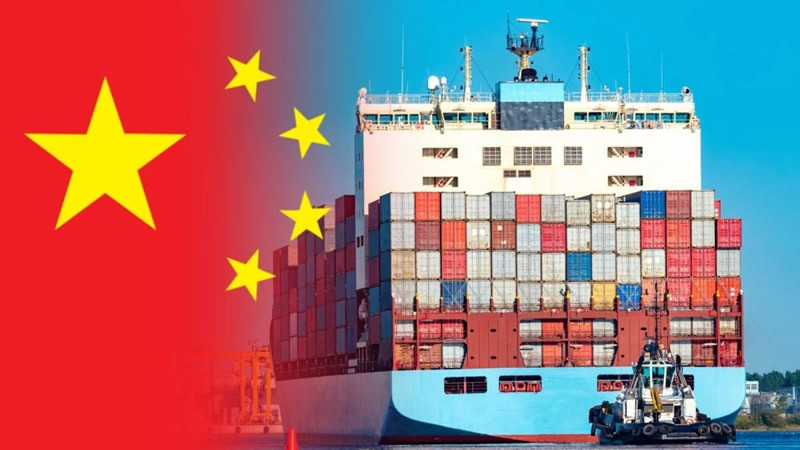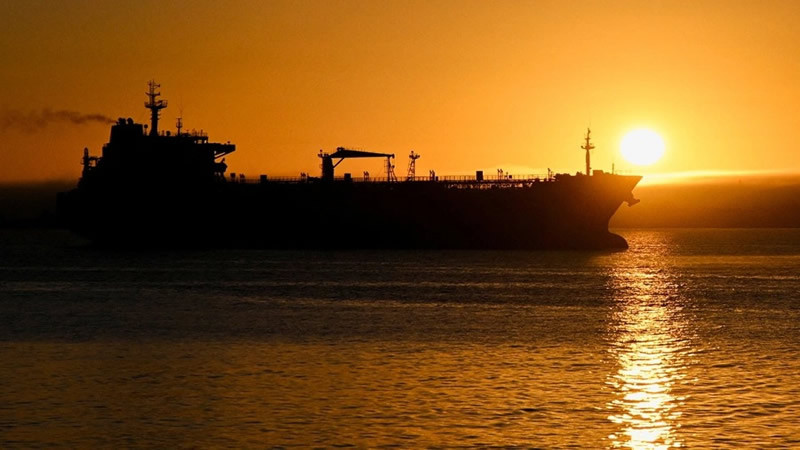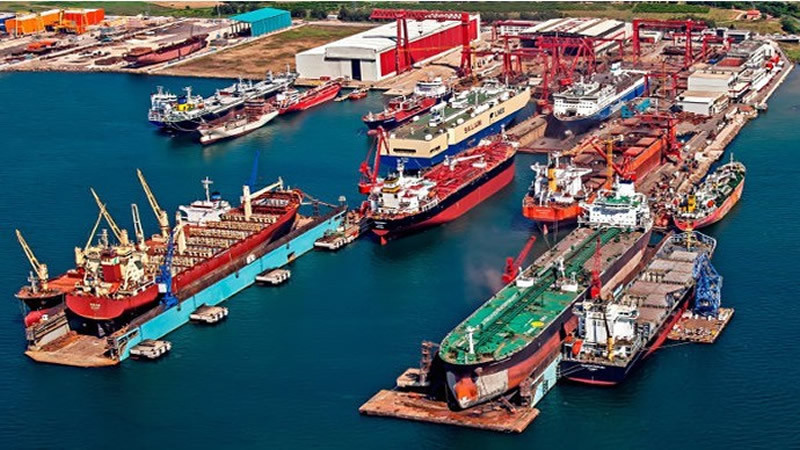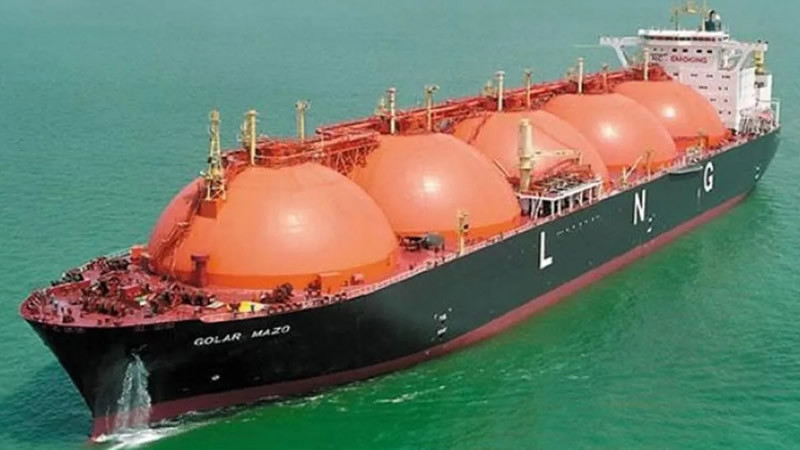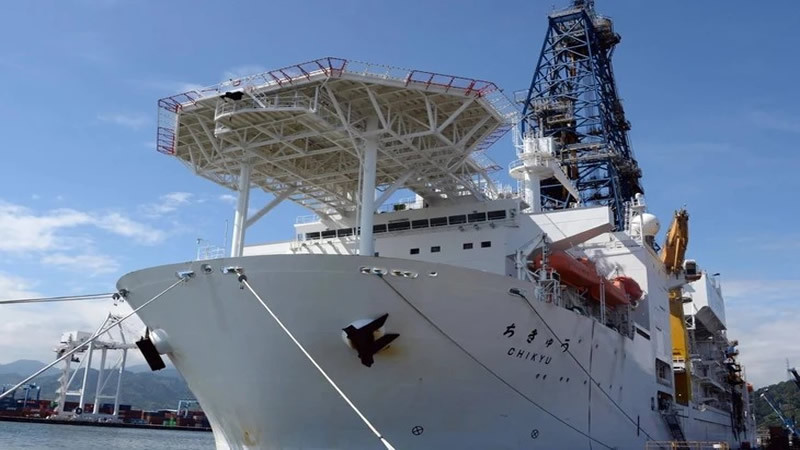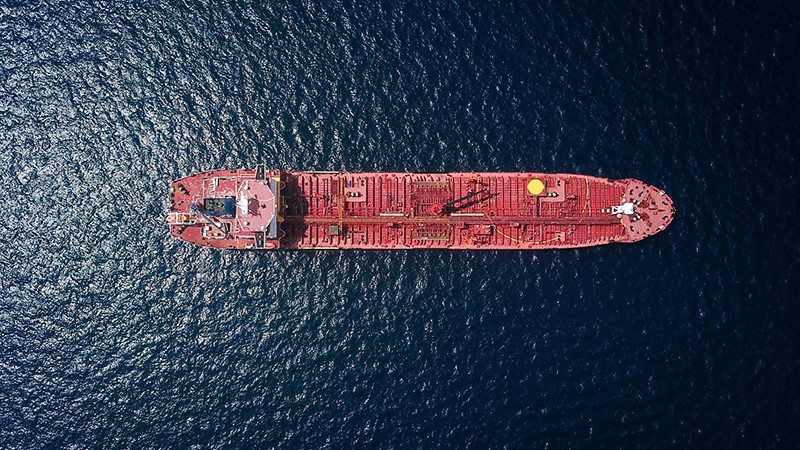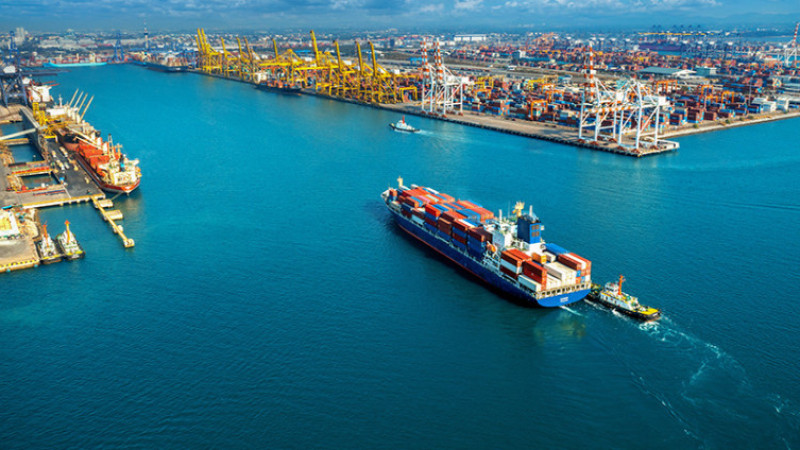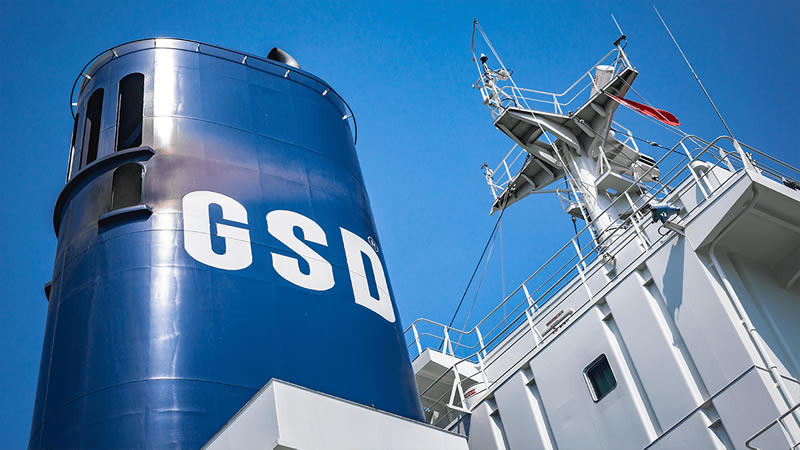Offshore Winds Energy and Vessels
These cutting-edge engineering wonders known as offshore wind farms are transforming renewable energy. Here is the story of how wind escalates into electricity.
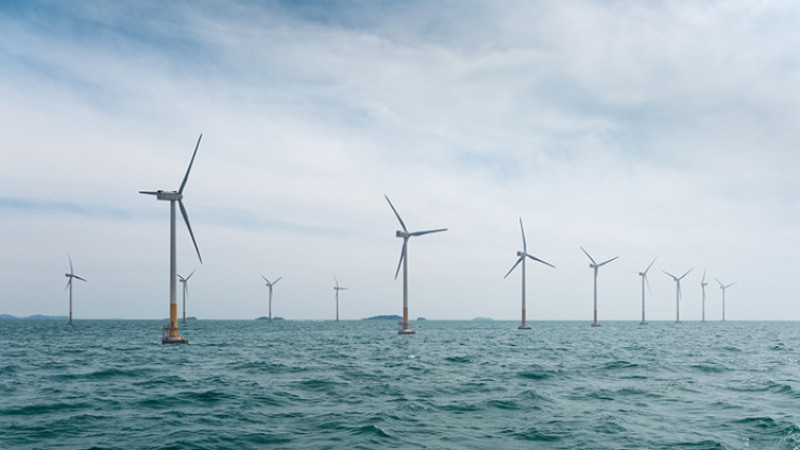
What better than feeling the light breeze on your face during a summer night? Wind, romanticized as the place where memories are hunting horns by Apollinaire, helped sailors through history to explore, trade, and conquer. Meanwhile, a backdrop of tremendous wind turbines gracefully gliding on the waves has come to symbolise progress in a world yearning for renewable power alternatives. These cutting-edge engineering wonders known as offshore wind farms are transforming renewable energy. Here is the story of how wind escalates into electricity.
Journey of Wind as an Energy
Obviously, throughout history, people have come up with plenty of ideas about wind. For instance, one of the earliest and most practical uses of wind power was in sailing ships. However, in the early ages, most of the technology was on wind too Early windmills were used for water pumping and grain processing. They had horizontal axis designs and were very important for managing water and increasing agricultural productivity. One of the first examples of wind powering a device is the windwheel of the Hero of Alexandria. But starting in the 7th century, Sistan, an eastern province of Persia, saw the construction of the earliest known practical wind power plants. Panemone windmills had lengthy vertical driving shafts and rectangular blades, and they had vertical axles.
The development of windmill technology carried on across Europe. Different designs for harvesting wind energy appeared, such as post mills, which revolved around a central post, and smock mills, which had a sloping wooden tower. These mills frequently included movable sails to alter their efficiency according to the direction and speed of the wind.
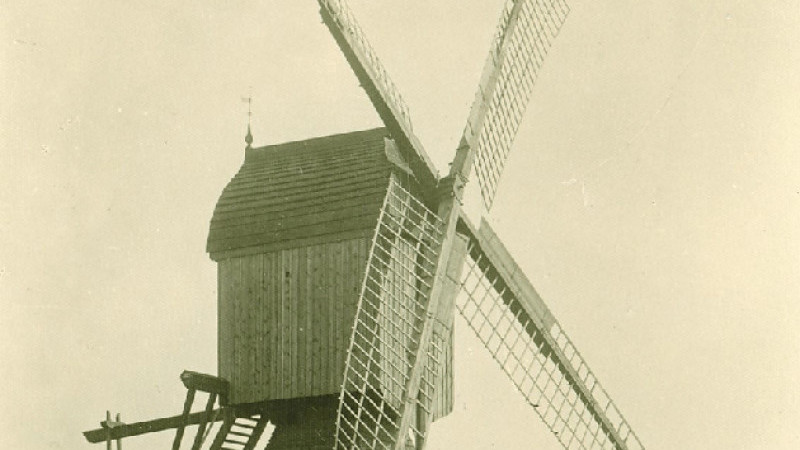
Windcatchers (also known as wind towers) were used to trap and direct wind into buildings for cooling and ventilation in desert climates like Persia and other areas of the Middle East. Especially in ancient cities like Yazd in Iran.

The development of wind turbines designed to produce electricity occurred in the late 19th and early 20th centuries. The Smith-Putnam wind turbine was created in Vermont, United States, in 1941. One of the earliest massive wind turbines made exclusively for generating power, it was. Despite having a moderate output by today’s standards, it was a significant advancement for utility-scale wind generation.
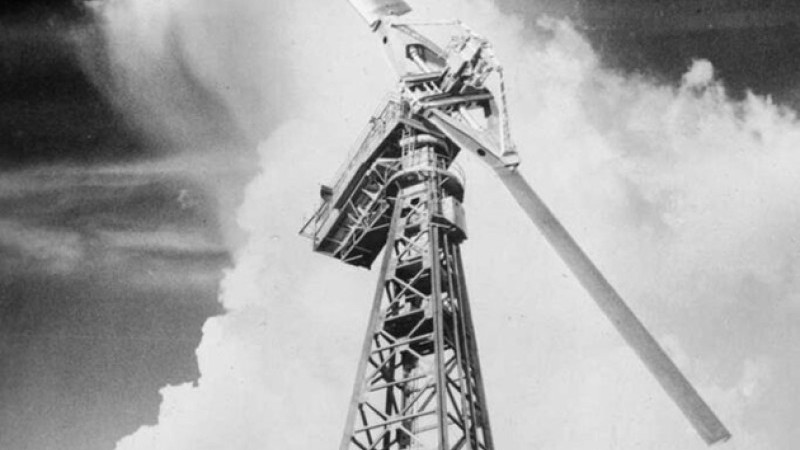
Significant developments in wind turbine technology occurred in the 1980s and 1990s, including the introduction of variable pitch blades, enhanced aerodynamics, and more dependable power electronics. These changes boosted the capacity and efficiency parameters for wind turbines. Offshore wind power became increasingly popular as land-based wind resources got more exhausted. Vindeby Offshore Wind Farm, the first offshore wind farm, was built off the Danish coast in 1991. The stronger and more steady winds over the open ocean are used by offshore wind farms. The 4.95 MW project, which was completed in 1991 and had 11 turbines with a combined 450 kW output and 35-meter rotor, served as the model for all subsequent offshore projects worldwide.
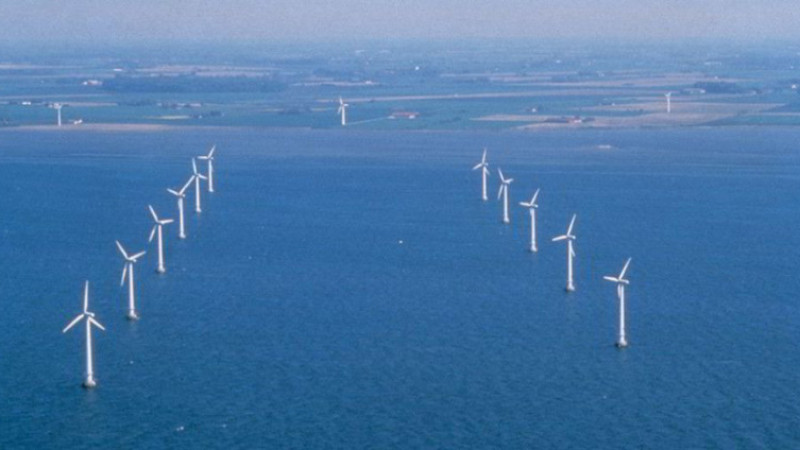
Why Offshore Wind Energy in Advantageous?
Offshore wind energy is clean, abundant, and renewable. Offshore wind resources can be up to twice as abundant as those found in a midsize onshore wind project. Offshore locations have very little visible and aural impact, allowing for the usage of considerably bigger regions. As a result, offshore wind farms often have installed capacities of several hundred megawatts. Offshore wind turbines can now be significantly larger in size and unit capacity than onshore wind turbines thanks to the simplicity of maritime shipping, which has less restrictions on cargo and dimensions than land transportation.
Working Principles of Offshore Turbines
Magnets spinning inside a coil of conducting wire can provide electrical energy. The rotation of a wind turbine is made possible by the wind’s pure, unpolluted, and ultimately limitless power.
The three blades are positioned at precisely the appropriate angles and the top of the turbine is turned to face the wind to capture wind energy. This causes the blades to rotate as the air passes through them. The revolution of the blades is transmitted by a driving shaft, frequently via a gearbox, to move magnets inside a coil of wire inside the nacelle, the non-rotating portion of the turbine. As a result, electricity is produced as an alternating current.
A single wind turbine is capable of producing a few megawatts (MW). When compared, for instance, to the energy required to light a house, that is quite a bit. Nevertheless, it is still considerably less than the steam turbine in a traditional power plant. That is the reason why a wind farm is made up of several wind turbines. This can be compared to one enormous power plant, but one that produces electricity without emitting any pollution.
A large region of the ocean is covered by numerous turbines that make up an offshore wind farm. Each one has a tower that extends into the air where the blades may take advantage of stronger winds. They are each solidly connected to a foundation piece on the ocean floor.
Each wind turbine transmits its power to an offshore substation via wires that run down the tower and beneath the seabed. Here, the energy is increased in voltage in preparation for being sent ashore through high-voltage wires. Less energy is lost during transmission at higher voltages. Every wind turbine transmits its power to an offshore substation via wires that run down the tower and beneath the seabed. Here, the energy is increased in voltage in preparation for being sent ashore through high-voltage wires. Less energy is lost during transmission at higher voltages.
In order to feed the electricity into the grid and distribute it via power lines to the homes and businesses that require it, another substation on land regulates the voltage once more.
Offshore Wind Farm Locations
Offshore wind farm development has been spearheaded by Europe, with several nations hosting sizable installations. Featuring significant installations in the North Sea and the Irish Sea, the UK has been a leader in offshore wind generation. The Hornsea Wind Farm, Dogger Bank Wind Farm, and London Array are a few significant initiatives.
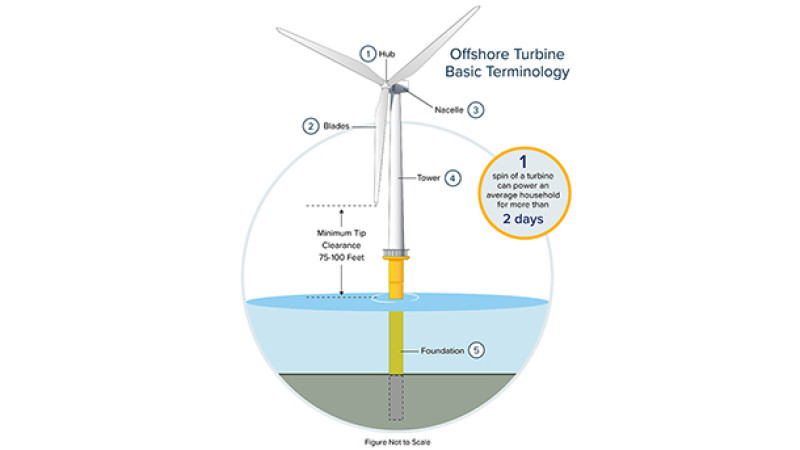
Offshore wind development in Denmark has a long history, with initiatives like the Horns Rev and Anholt Wind Farms. Belgian and German projects are also noticeable. Also, Taiwan has been developing offshore wind projects, such as the Formosa Wind Farms, quickly in Asia.
Source: Zeymarine.com
TURK MARINEWS


